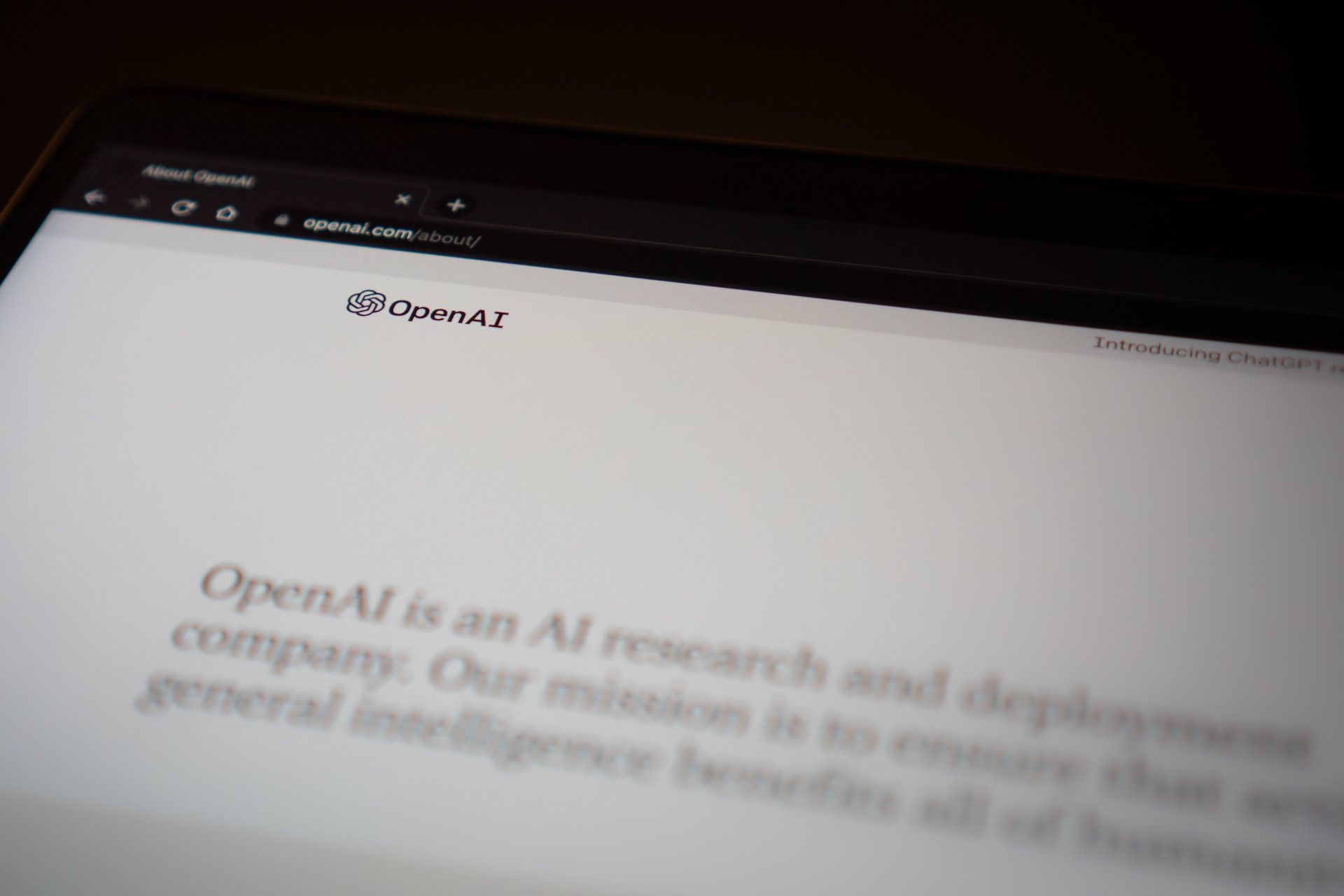There’s been so much chatter about potential drawbacks of AI like ChatGPT and Google Bard that many people are overlooking how AI can improve certain aspects of their lives. From automating mundane tasks to performing more efficient internet searches, there are almost limitless applications for these services — if you know how to get the most out of them.
This brief guide to AI will give you a better understanding of what AI can and can’t do, as well as prompts you can try to free up some valuable time at work and at home.
What AI does well.
You’re probably familiar with the most common use case for AI: ask ChatGPT or Bard a question or give it a topic to write about, and it composes a reply of around 500 words. AI is also very good at summarizing longer text, proofreading, and translating. Another group of AIs, such as Midjourney, can create pictures and songs based on prompts. Computer programmers and website designers can also use AI to generate computer code and troubleshoot errors.
What AI doesn’t do well (yet).
Ask ChatGPT, “Which country won the 2023 Women’s World Cup?” and it replies, “I’m sorry, but I do not have information on events that occurred after my last knowledge update in September 2021.” Some AI can supplement their answers with up-to-date internet searches, but results still need human oversight to check for accuracy.
While AI is good at searching its available databases, finding patterns, and providing basic answers, it doesn’t have the ability to “think” about what you’re asking it. Nuance and context can get lost, as can the need for an emotional response such as empathy or humor. Because it’s just scanning for information, AI also doesn’t really have the ability to judge or make decisions about the information it’s providing. Leading questions with baked-in biases are going to lead the AI to find information that confirms those biases.
Finally, much of the writing AI produces reads like it was written by, well, a computer. Again, AI output needs that human touch in order to speak in your brand’s voice or to reflect your unique personality.
A.I. for Business
Having said that, AI text can still make for a pretty decent rough draft.
Ask AI to write your next blog, email campaign, or a series of social media tweets. For better results, ask the AI follow-up questions or break down long topics into smaller prompts. If you’re a travel agent and ask AI, “Write a blog about why the Grand Canyon, Yellowstone, and Niagara Falls are good vacation destinations,” you’ll get about 500 words. If you ask about each place one by one, you’ll get about 1500 words to work with.
AI is also a great brainstorming partner. Ask it to help you draft a business plan or come up with blog topics that will appeal to your customer niche.
Entrepreneurs and CEOs who really want to turbocharge growth should consider connecting more specialized AI tools to their marketing and customer acquisition pipelines. Work with a third-party consultant or add a Chief AI Officer to your c-suite.
A.I. for Home
Is your meal rotation getting stale? Tell GPT what’s on your usual shopping list and it will whip up a new weekly menu, including recipes.
Not making the best use of your mornings? Ask ChatGPT to help you create a new morning routine with time for eating, exercise, and some peace and quiet.
Need activity suggestions for your kid’s birthday party? ChatGPT will give you a list and draft the invites.
Looking for accurate and up-to-date financial advice?
Step away from the chatbot.
AI might be able to tell you what a Roth IRA is. But it won’t be able to tell you how each piece of your financial plan works together to create a better plan for your life.
Let AI handle some of the small stuff. For answers you can trust about the big moments when life and money intersect, give us a call.






